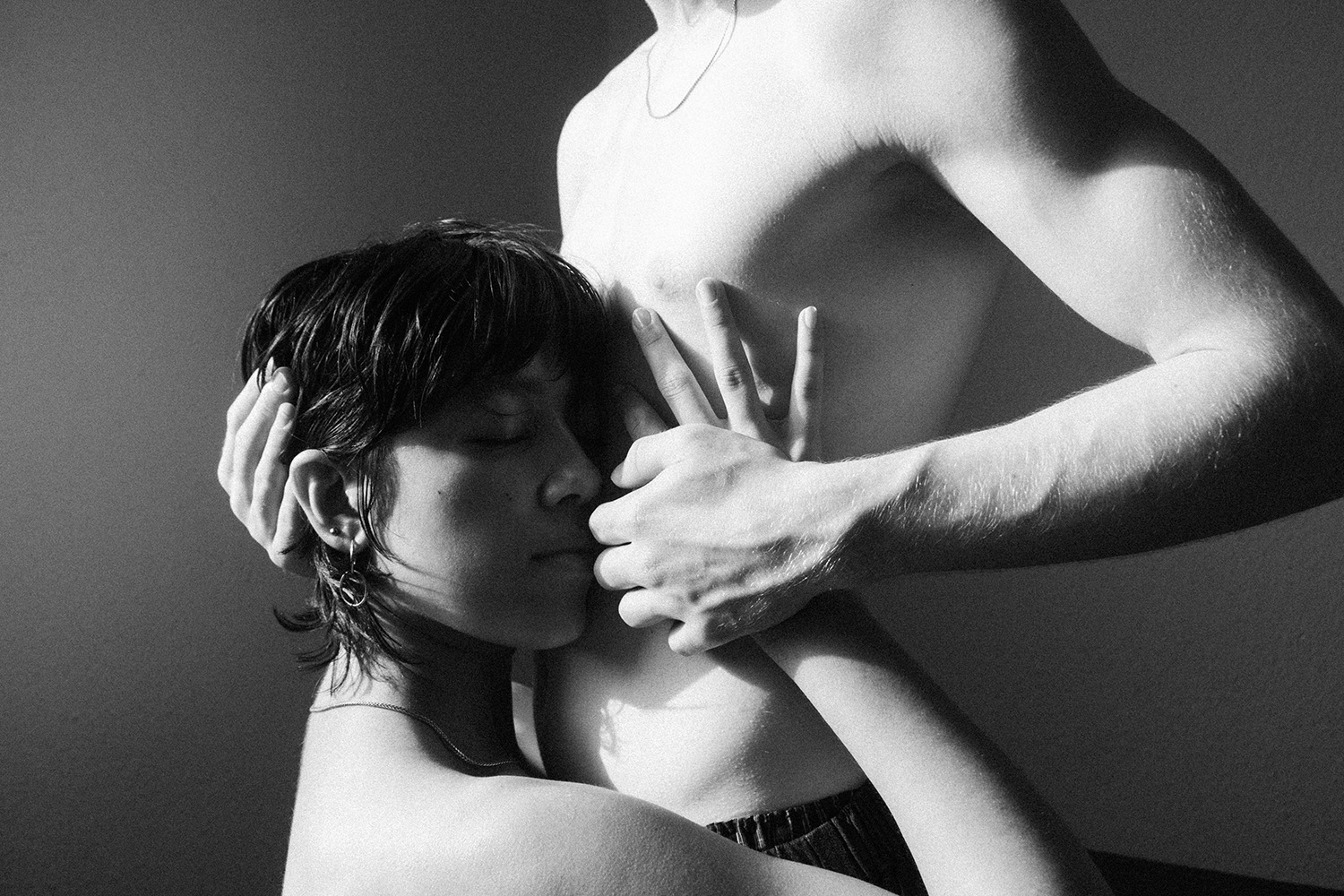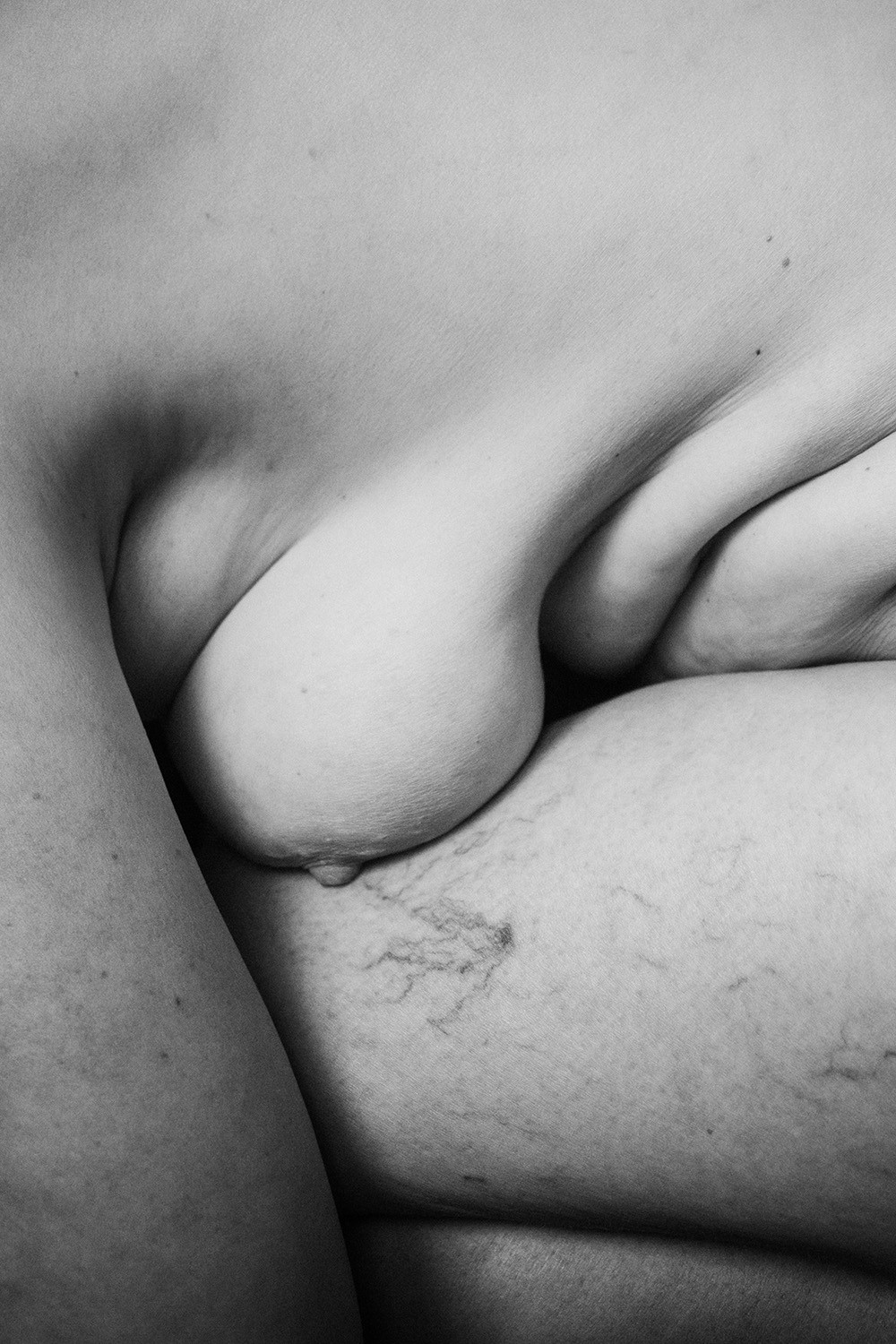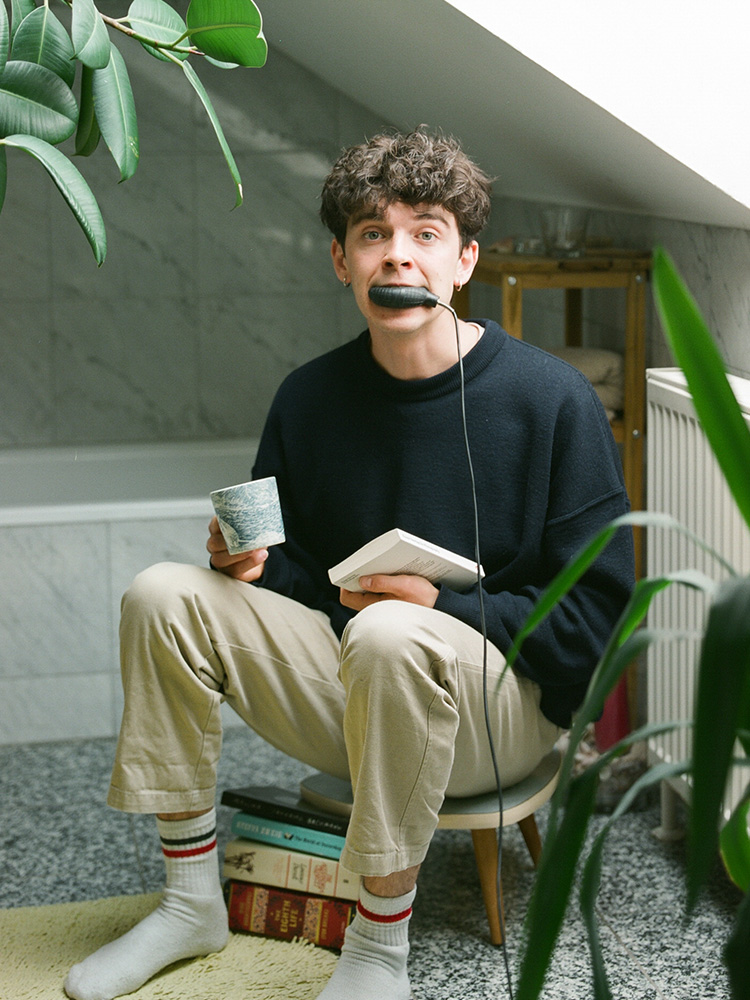
In conversation with
Adina Salome Harnischfeger
Dortmund, Germany
Hi Adina, please introduce yourself.
My name is Adina and I have been living in Dortmund for 2 1/2 years. I moved here from my hometown Augsburg for my photography studies at the University of Applied Sciences Dortmund. In 2018 I shot my first film, with my father’s old camera, which was a Minolta X-700 that was just a decorative item on my shelf for years. I didn’t know how the camera worked and didn’t really feel like getting into it much. So I loaded a film (which was more complicated than I expected) and started shooting. I simply set the exposure times according to my feeling. Without much expectation, I sent the film to the lab and when I got the negatives and scans back, I was hooked.
What does analog photography mean to you? What excites / fascinates you about it?
The beauty of analog photography is the unpredictability of the medium. I can never be 100 percent sure that the photo will turn out the way I guessed or saw it through the viewfinder. Additionally, working analog lets me be completely in the moment. The present moment plays the biggest role, not the result. This takes away the pressure of having to take a “perfect” photo, because that’s not what it’s all about.
In your opinion, what are the advantages and disadvantages of analogue photography?
Advantage is definitely the way of working, which connects me with myself, the moment and the other person. The disadvantage is the price. I would like to shoot more analog, but I don’t have the money.
Do you concentrate on a certain topic in your work?
Yes, portrait.
Are there (analogue) photographers who have influenced your aesthetic and approach?
When I did an internship with a photographer in 2017, he showed me the work “Body Farm” by Sally Mann. This work made a lasting deep impression on me and it still engages me – both aesthetically and thematically. Great inspirations are also Monika Jia Rui Scherer and Lina Scheynius, who photograph so honestly and sensitively.
Do you have certain cameras and films that you prefer to work with?
I prefer to work with my Minolta XD7 and Kodak Gold 200, which I push to iso 800, Kodak Ektar 100 and Kodak T-Max P3200.
Speaking of films: What does your workflow look like?
I send my films to the lab and have them developed and scanned there. Black and white I sometimes scan at home.
What advice would you have for other photographers who are reading this interview?
Don’t compare yourself with others, trust your ability and creativity!
If you publish your work on Instagram: curse or blessing?
Curse. Instagram is no fun at all anymore, which is why I rarely post anything. So many pictures of me have been deleted due to “sexual content”. It’s just exhausting and makes me angry. Naked bodies are not automatically sexual – but according to Instagram they are! It just doesn’t feel like the right place for my work anymore.
Which 3 photo books can you recommend / should you definitely own?
„Ren Hang“ (Dian Hanson), „Girl Pictures“ (Justine Kurland) and „Männer“ (Herlinde Koelbl)
Thank you so much for your time!
Favorites
Minolta XD7
Kodak Gold 200 (+2), Kodak Ektar 100, Kodak T-Max P3200
Color & B/W






